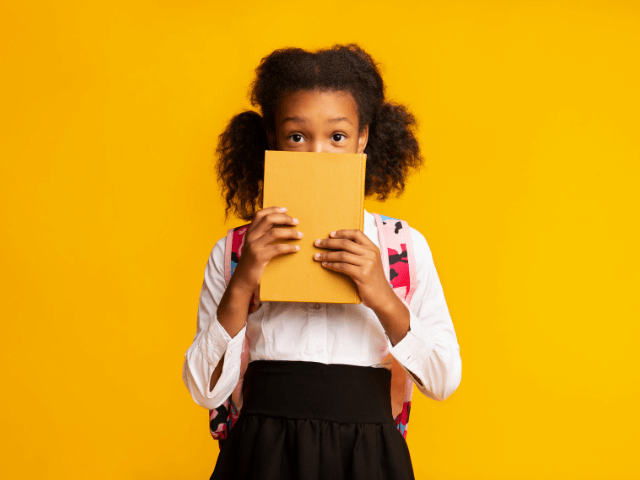The start of the school year brings bright bulletin board displays, new school supplies, shiny floors, and clean desks. The set-up of a classroom is pretty, but for the best learning environment, the first six weeks of school are a time to slowly weave in Social-Emotional Learning (SEL) to build a strong community and create a sense of belonging. Curriculum is secondary to the environment you create and will be impeded or brought to life by the approach you take.
Studies show that when students feel like they don’t belong, it impacts their well-being, they show more unexpected behaviours, and do not engage with learning. If children don’t feel a connection to their teacher, classmates, or their school, they are less likely to be positively engaged. I have worked with many students who have displayed intensive, aggressive, verbal or physical behaviours. I have found the key to shifting those behaviours has always been connection.
One year I was working with a student who was in Grade 2 and was not reading or writing. They had spent kindergarten and Grade 1 running up and down the hallways, making loud noises, hiding, refusing to participate in class, and not responding to any adult. They entered Grade 2 the same way.
When I first started working with them in September, they would often say to me, “I am bad”. Their teacher and I were dedicated to establishing a caring, supportive environment where this student came to understand that they were cared about, that they weren’t bad, and that they were a learner. We connected over their interests, discussed social behaviours, taught SEL, spent time together every morning to review the shape of the day and expectations, and little by little this student became engaged in their learning.
The end of the year came around and this student was engaged in their classroom, reading books, writing journal entries, participating in class discussions, and completing work. They knew that we were proud of them and they were proud of themselves for all they had learned and accomplished. I get teary just writing about it. It was an amazing transformation accomplished through connection! We are wired for connection and when that is missing, we don’t engage with the world optimally.
Learning will not happen without positive relationships. Think back to your own educational experience. Do you remember your teachers or the content they taught? You probably remember the way they made you feel. Students will always remember the relationship they had over any educational content.
Some strategies that I have used involve leading on the engagement process and showing them the value of engaging through practice:
MORNING GREETINGS are a great way to deepen relationships, develop interpersonal skills, and build a sense of community. Students feel welcomed, seen, acknowledged, and valued by their teacher and other adults in the building.
-
- A “Hello!” followed by a child’s name is an easy greeting to start with. It shows you know who they are. A traditional handshake or a high 5, thumbs up, fist bump, wave, hug, or a dance move!
- You can find many “Morning Greetings” choice boards on the internet you can print off and hang outside your classroom, on the door, or on the wall by your morning meeting area, or create your own with your students. As children arrive, they can review the morning greeting ideas and choose the one they want to do that morning!
They are also a way to give children a fresh start. If they went home the day before feeling defeated or frustrated, or have something going on outside of school, a kind greeting gives them a new perspective.
MORNING MEETINGS enable you to connect with students and for students to connect with each other. They allow students to share how they are feeling (if they choose), offer compliments to classmates, or discuss favorite things.
ACTIVE LISTENING can be something we take for granted when we are focused solely on curriculum outcomes. As educators, we are used to being the voice in the classroom. Listening requires you to keep your mouth shut. It is an opportunity to ask an open-ended question, find out what is happening for them, or make them smile.
-
- My favorite question to students is “What’s up?” and then I take the time to hear what they need to say.
- Genuine conversations with students indicate to them that you are sincerely interested in them. One strategy is the “2 x 10 method”. Choose a student you would like to build a connection with, and for 10 days, talk for 2 minutes about anything other than school. You will be amazed at the relationship that develops. It can be about anything – Minecraft, soccer, video games, and pets! And it will give you so many joyful moments that fuel your own well-being.
SEL is a powerful component of caring, kind, and inclusive classrooms. It helps establish a common language, an engaging learning environment, and trusting relationships that set students up to thrive.
Remember to start your school year off slow and strong with these foundational building blocks of students’ relationship to learning. You AND your students will benefit from meaningful interactions and the skills they build far beyond the school year.
Angelina Gauthier is an elementary resource (SPED) teacher, former principal, teacher wellness coach, and children’s book author. You can follow her on Instagram at @kindnessandstories and find more kindness initiatives, free resources and information about her books at www.kindnessandstories.com.

